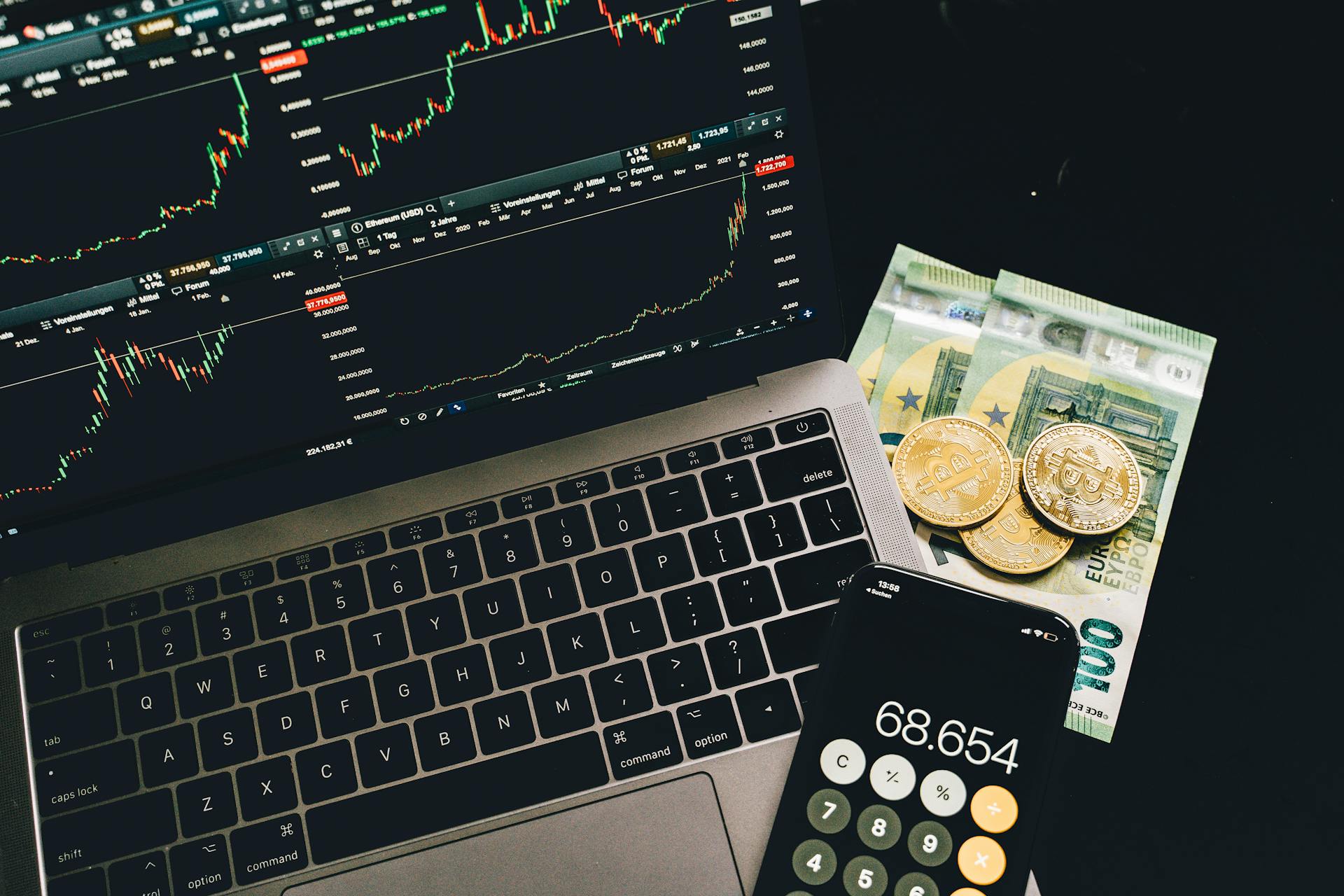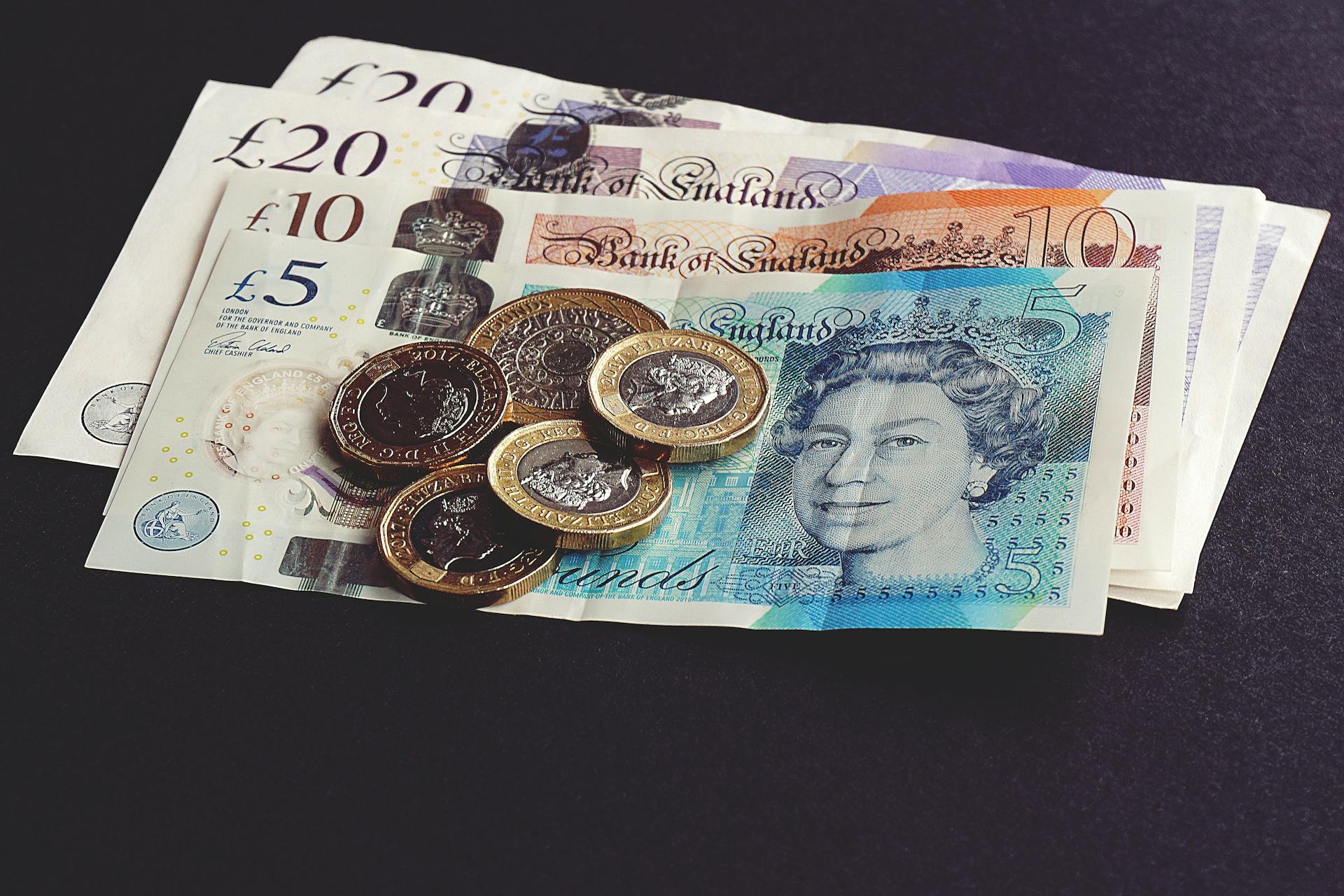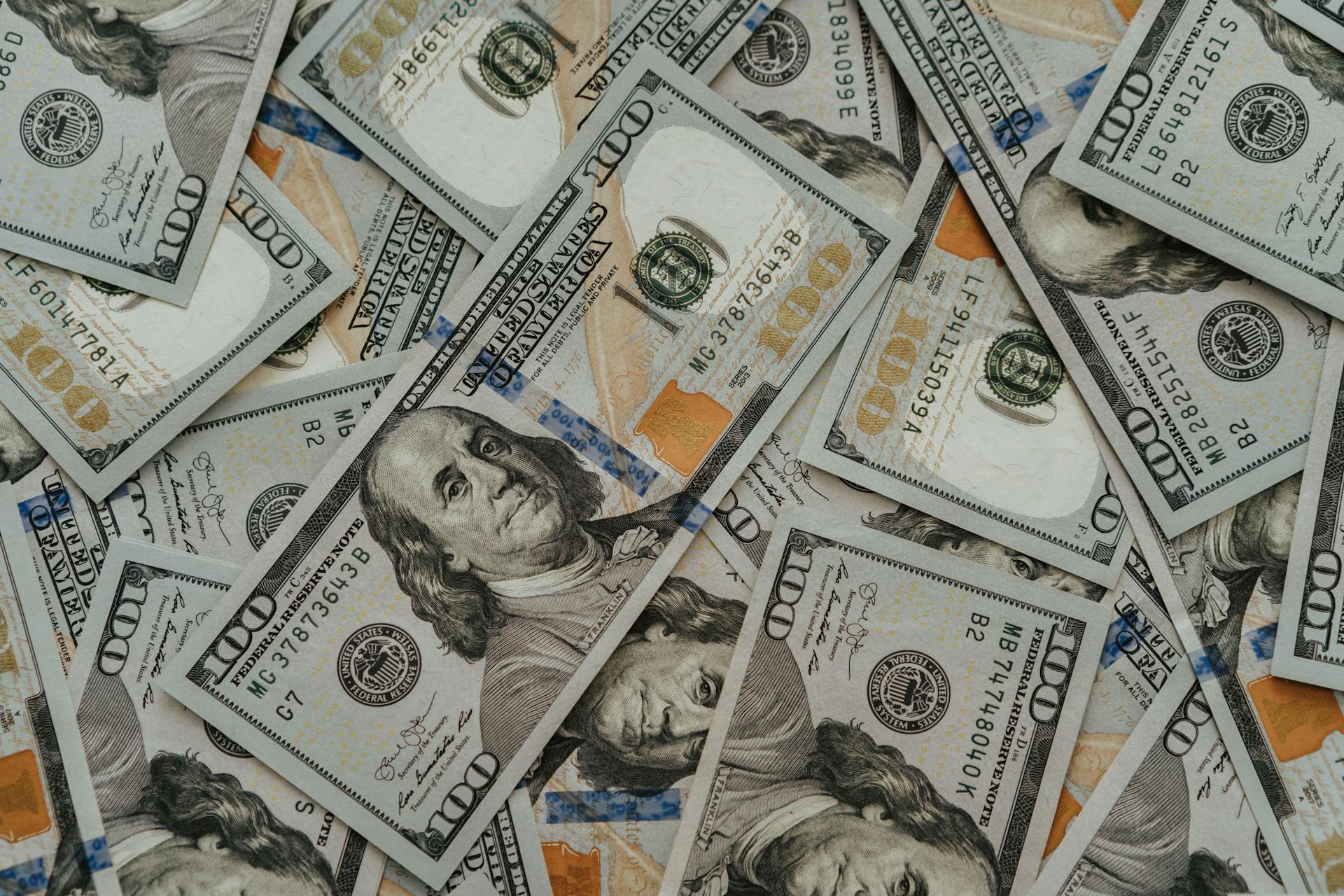
Dollarized countries are those that have adopted the US dollar as their official currency, eliminating the need for a separate national currency.
This phenomenon is most common in countries with unstable economies or a history of hyperinflation, such as Ecuador, which dollarized in 2000.
The benefits of dollarization include reduced inflation and increased economic stability.
Many dollarized countries, like Panama, have seen significant economic growth as a result of this decision.
However, dollarization can also limit a country's monetary policy independence, as it is tied to the US Federal Reserve's decisions.
For example, El Salvador's dollarization in 2001 meant it had to follow the US's monetary policy, even if it wasn't in the country's best interest.
Here's an interesting read: Dollarized Economies
History and Usage
The U.S. dollar is widely used as a quasi-currency in many countries, accepted for commerce in tourist destinations like the Bahamas, Barbados, and Belize. This is especially true for popular retirement spots like Panama and Costa Rica.
In some countries, the U.S. dollar is used alongside the local currency, with Panama being a prime example where it's legal tender alongside the Balboa. The U.S. dollar is also widely accepted in cities like Liberia, major cities in Vietnam, and the Old City of Jerusalem.
Countries like Ecuador, El Salvador, and Timor Leste have officially adopted the U.S. dollar as their currency, making it the official tender in these nations.
Curious to learn more? Check out: What Countries Are in the Basket for Currency Reevaluation
The Dollar's History
The U.S.'s first Federal Reserve note, a $10 bill, was printed in 1914, one year after the Federal Reserve Bank was created.
In 1862, the $1 U.S. note was issued, but it wasn't until 1963 that the $1 Federal Reserve note, featuring George Washington, was issued.
The Bretton Woods Agreement was formed in 1944, creating a new international trade and monetary system, and establishing the U.S. dollar as the world's reserve currency.
By 1973, the Bretton Woods Agreement was terminated, but the U.S. dollar remained the reserve currency of many nations.
As of December 31, 2022, there were 54.1 billion notes of U.S. currency valuing around $2.3 trillion in circulation, with an estimated half of that circulating outside the U.S.
For another approach, see: Reserve Currency
Currency Unification
Countries with unstable exchange rates or currencies are more susceptible to speculative attacks, which can drastically devalue the worth of the domestic currency.
A country can decrease and increase their money supply under the world’s current monetary system.
Introducing a foreign currency can reduce potential currency devaluation.
Inflation is one of the primary reasons why a country may introduce dollarization, often caused by an oversupply of money.
Countries Using the Dollar
Countries using the dollar are a fascinating topic. The United States has five territories that use the U.S. dollar as their official currency, including Puerto Rico, Guam, American Samoa, the U.S. Virgin Islands, and the Northern Mariana Islands.
These territories are all located in various parts of the world, from the Caribbean to the Pacific Ocean. The U.S. dollar is widely accepted in these territories, making it easy for tourists and locals alike to conduct transactions.
In addition to these U.S. territories, 11 foreign countries and territories also use the U.S. dollar as their official currency. These countries include Ecuador, El Salvador, the Marshall Islands, Micronesia, Palau, Timor-Leste, Turks and Caicos, and the islands of the Caribbean Netherlands, which consist of Bonaire, Sint Eustatius, and Saba.
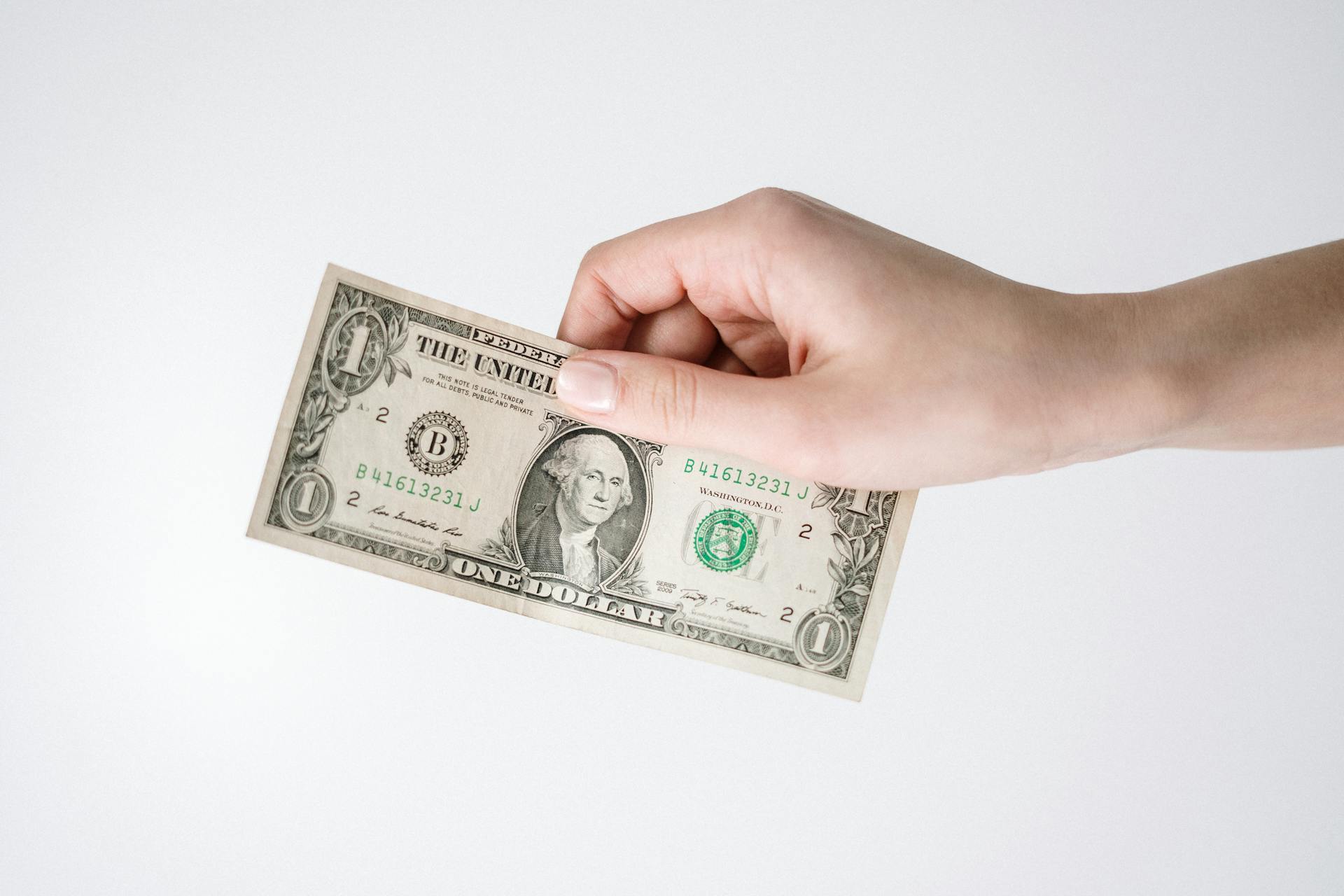
Some of these countries, like Ecuador and El Salvador, are independent nations that have chosen to use the U.S. dollar as their official currency. Others, like the Marshall Islands and Micronesia, are island nations that have a close relationship with the United States.
Here is a list of the 11 foreign countries and territories that use the U.S. dollar as their official currency:
- Ecuador
- El Salvador
- Marshall Islands
- Micronesia
- Palau
- Timor-Leste
- Turks and Caicos
- The British Virgin Islands
- Bonaire
- Sint Eustatius
- Saba
The use of the U.S. dollar as a foreign currency is not limited to these countries, however. Many other countries, like Canada and Mexico, widely accept the U.S. dollar for commerce and tourism.
Quasi-Dollar Use
The U.S. dollar is widely accepted in many countries around the world, even if it's not the official currency. This phenomenon is known as quasi-dollar use.
In some countries, the U.S. dollar is used as the dominant currency, although it hasn't been declared legal tender. These countries include Bermuda, Cambodia, Cayman Islands, Honduras, Nicaragua, and Somalia. The U.S. dollar is also widely used in tourist destinations like the Bahamas, Barbados, Belize, Costa Rica, and Panama.
Additional reading: Where Are Dinars Used
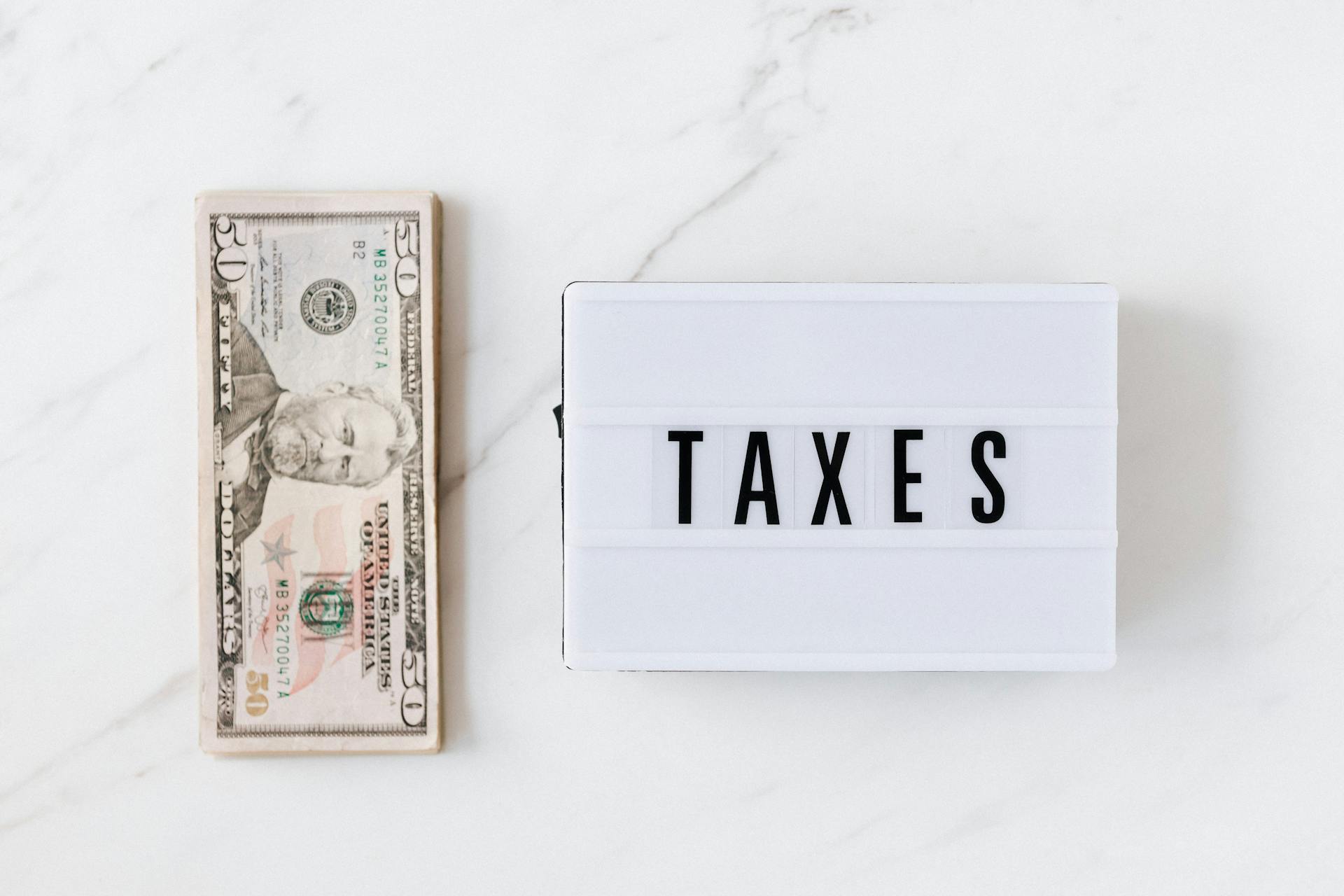
The U.S. dollar is used as a quasi-currency in popular retirement destinations for U.S. ex-pats, such as Belize and Panama. In Panama, the U.S. dollar is legal tender alongside the national currency, the Balboa, which is also worth US$1.
The U.S. dollar is also widely accepted in major cities in Vietnam and the Old City of Jerusalem. This means that travelers and businesses can easily use U.S. dollars in these locations, even if they're not the official currency.
Here are some examples of countries where the U.S. dollar is widely accepted as a quasi-currency:
- Bahamas
- Barbados
- Belize
- Costa Rica
- Panama
- Bermuda
- Myanmar
- Cambodia
- Cayman Islands
- Honduras
- Nicaragua
- Somalia
This widespread acceptance of the U.S. dollar is a testament to its global influence and the importance of the U.S. economy.
Benefits and Drawbacks
Dollarized countries have several benefits, including reducing administrative expenses as there is no cost of maintaining an infrastructure for production and management of separate national money.
Using a foreign currency like the US dollar can also establish a firm basis for a sounder financial sector with financial integration with the United States, leading to an improvement in the service quality of domestic financial institutions.

In addition, dollarization can result in a substantial reduction in interest rates for local borrowers, making it easier for people to get loans and invest in their communities.
However, there are also some drawbacks to consider. For example, devaluations in the currency structure can lead to a loss in economic value, which can have serious consequences for a country's economy.
Dollarization can also impact a country's image of the outside world, as seen in the case of Zimbabwe, which faced criticisms for managing its hyper-inflated economy.
On the other hand, by using a stable foreign currency, countries can prevent speculative attacks on their domestic currency and promote economic stability, which can attract more investors and spur economic growth.
Here are some of the key benefits and drawbacks of dollarization:
Economic Impact and Effects
Dollarization can have a profound impact on a country's economy, both positively and negatively. It can stabilize capital markets, protect against devaluation and inflation, and minimize exchange rate risk.
One of the most significant benefits of dollarization is that it can protect a country's economy against hyperinflation. This is because the foreign currency, usually the US dollar, is often more stable and less prone to inflation than the local currency.
However, dollarization also comes with some significant disadvantages. One of the main drawbacks is that it can lead to a loss of control over monetary policy. This means that the government has less control over interest rates, money supply, and other key economic variables.
Dollarization is often seen as part of a package of American-backed business-friendly adjustments, which can create strong domestic opposition. This is because the policies can exacerbate existing structural disparities within economies, creating winners and losers.
The effects of dollarization on factor prices can be profound. As factor prices change, the political groups involved will react. This can lead to significant social and economic upheaval.
Here are some key effects of dollarization on a country's economy:
- Dollarization can exacerbate or highlight existing structural disparities within economies.
- The effects of dollarization on factor prices can be profound, leading to significant social and economic upheaval.
- Developing countries often rely heavily on exports and taxes to raise capital, making them vulnerable to changes in the exchange rate.
- Governments in developing countries often suffer severe income distribution problems, which can be exacerbated by dollarization.
Global Reserve Currency and Reserve
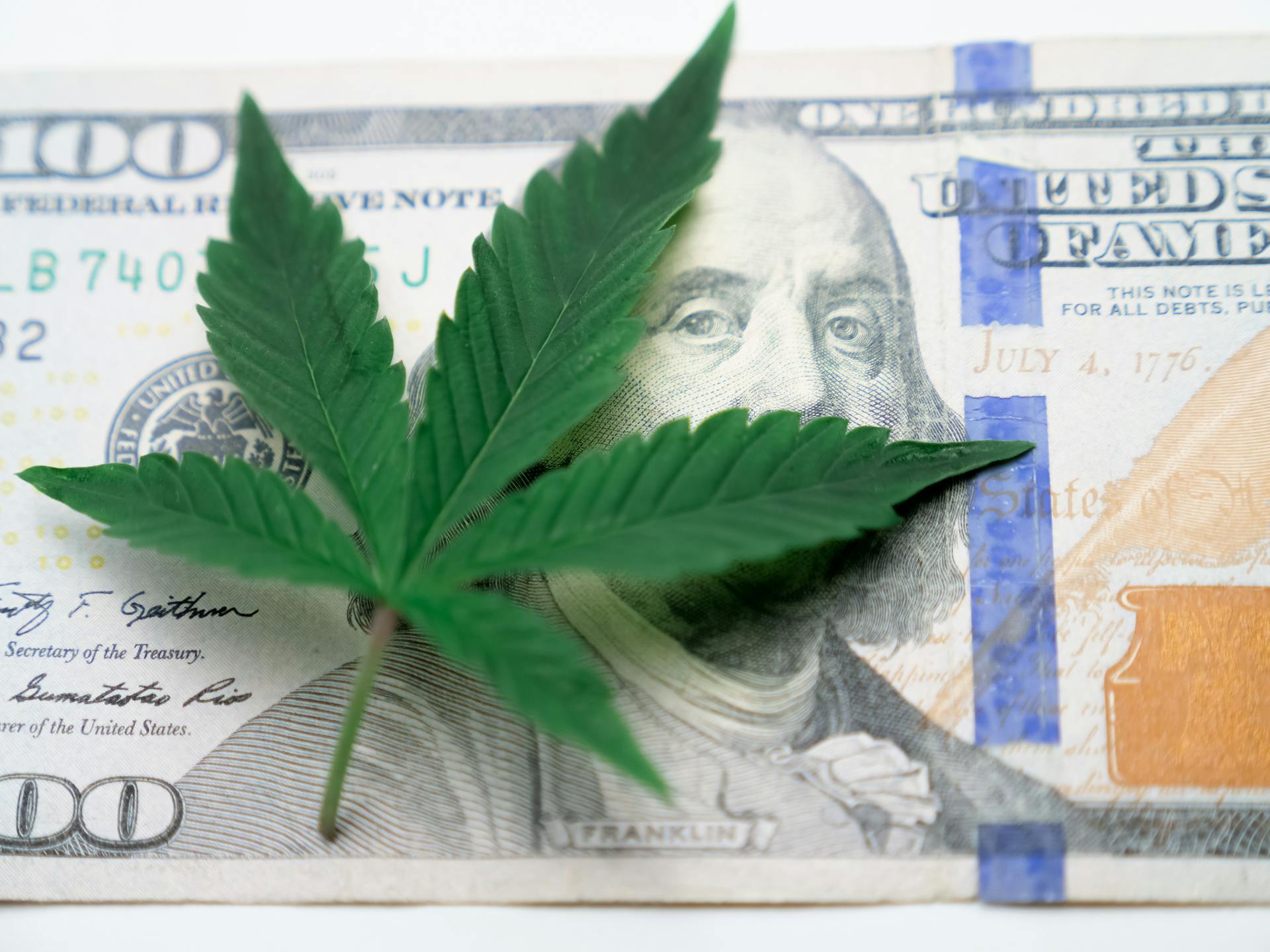
The U.S. dollar is widely used globally and is still considered the world's reserve currency. The dollar is widely used globally and many nations hold large reserves of U.S. cash. The International Monetary Fund reports that the dollar is a major component of official foreign exchange reserves.
The U.S. economy is viewed as relatively stable, which contributes to the dollar's status as a reserve currency. This stability is one reason why many countries hold large reserves of U.S. cash. The U.S. Bureau of Engraving and Printing notes that the $1 note is a widely accepted denomination.
The dollar's status as a reserve currency is not new, dating back to the Bretton Woods System, which was established in 1944. The International Monetary Fund reports that the system ended in 1972, but the dollar's status as a reserve currency has endured. The dollar is widely accepted in many countries, including the Turks and Caicos Islands, where it is one of the official currencies.
Broaden your view: What Currency Is Used in Prague Czech Republic
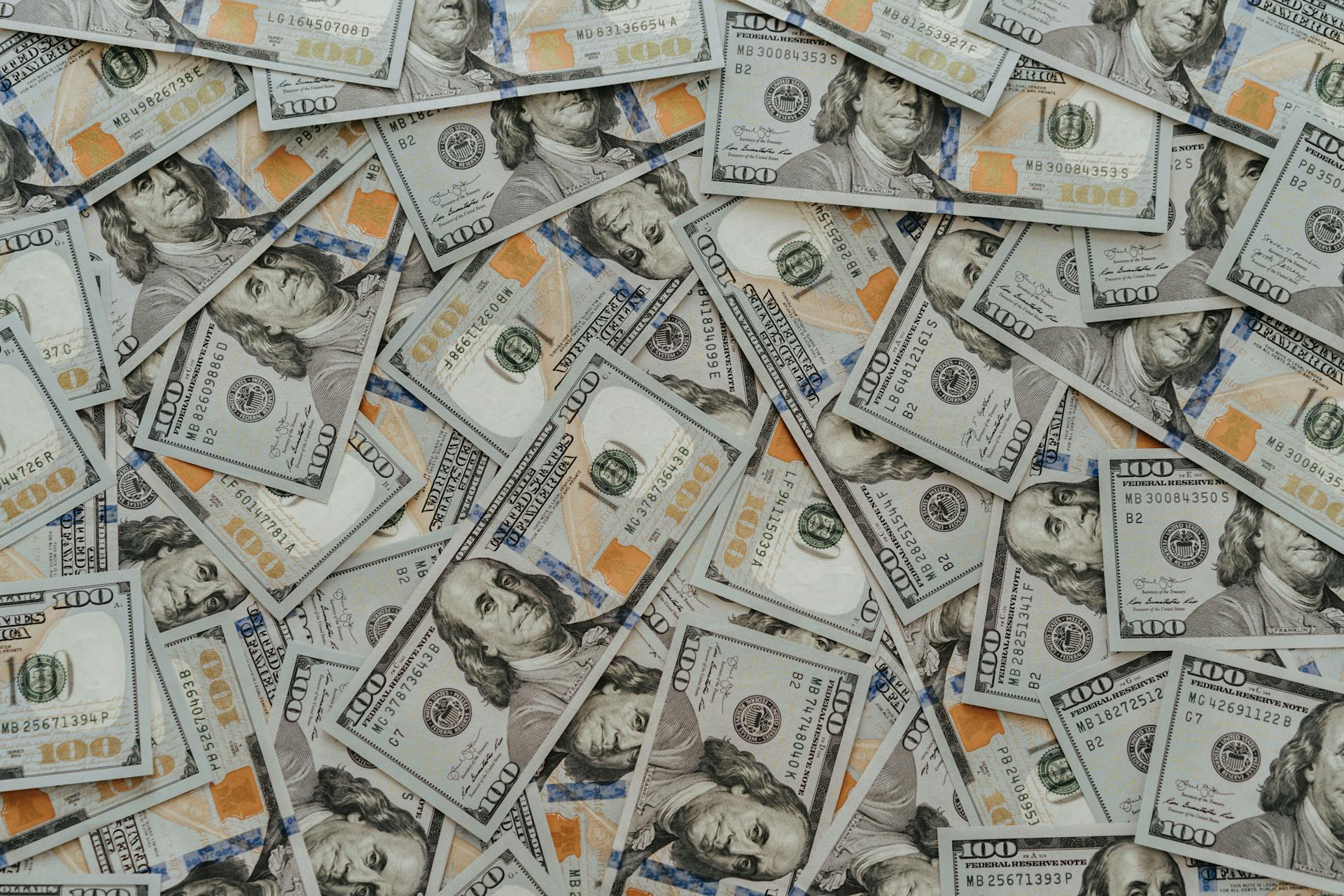
The dollar is also widely used in international transactions, with the Xe currency conversion service reporting that it is widely traded against many other currencies. The dollar's status as a reserve currency is not limited to its use in international transactions, however. Many countries, including the Virgin Islands, use the dollar as their official currency.
Here are some countries that use the US dollar as their official currency:
- Turks and Caicos Islands
- Virgin Islands
- Panama
- El Salvador
- Ecuador
- East Timor
- Marshall Islands
- Micronesia
- Palau
- Guam
- U.S. Virgin Islands
- British Virgin Islands
Note that this list is not exhaustive, and there may be other countries that use the dollar as their official currency.
Sources
- https://www.investopedia.com/articles/forex/040915/countries-use-us-dollar.asp
- https://www.westernunion.com/blog/en/us/all-about-dollarization-which-countries-use-usd-and-why/
- https://wise.com/us/blog/dollarization-why-so-many-countries-use-the-us-dollar
- https://www.investopedia.com/terms/d/dollarization.asp
- https://www.educba.com/dollarization/
Featured Images: pexels.com
